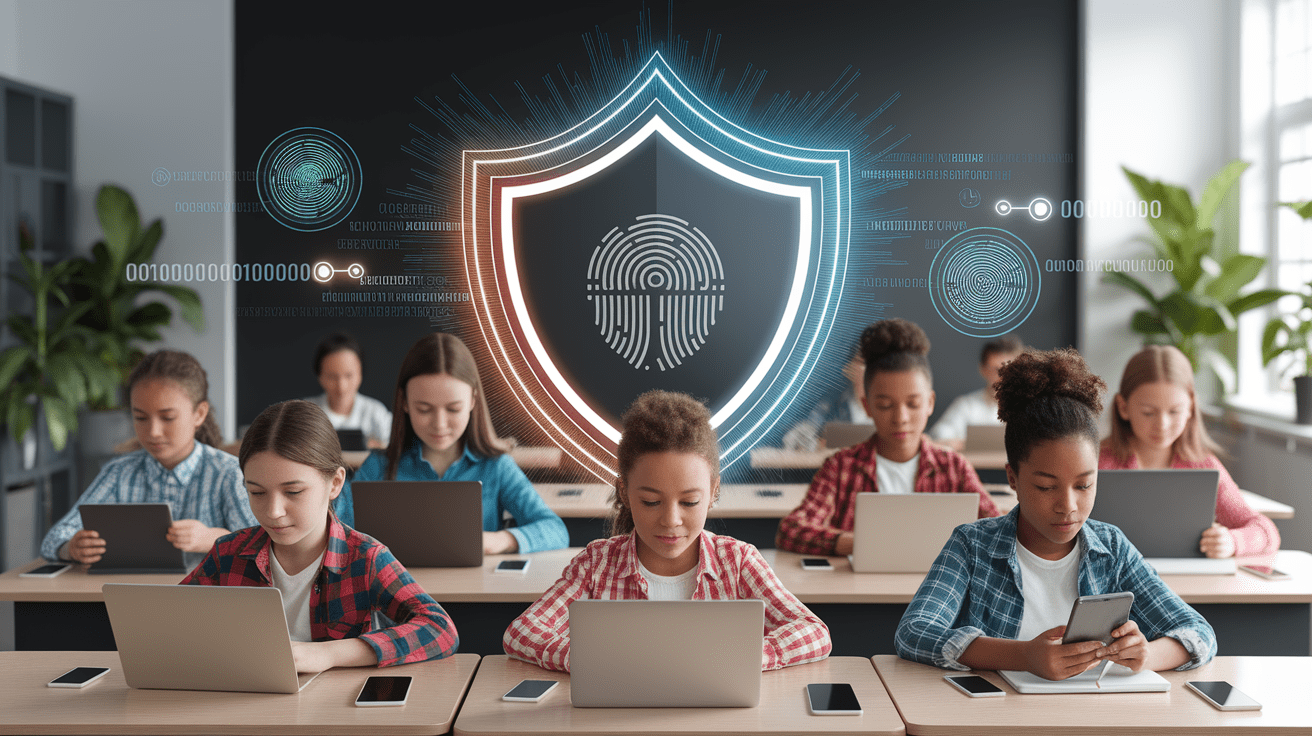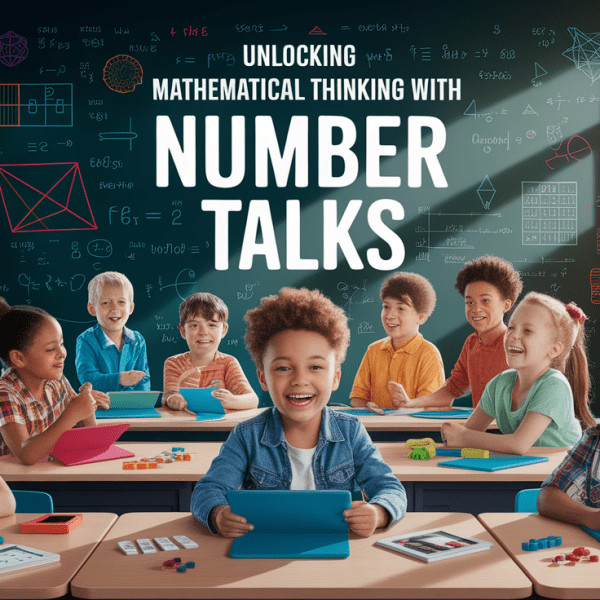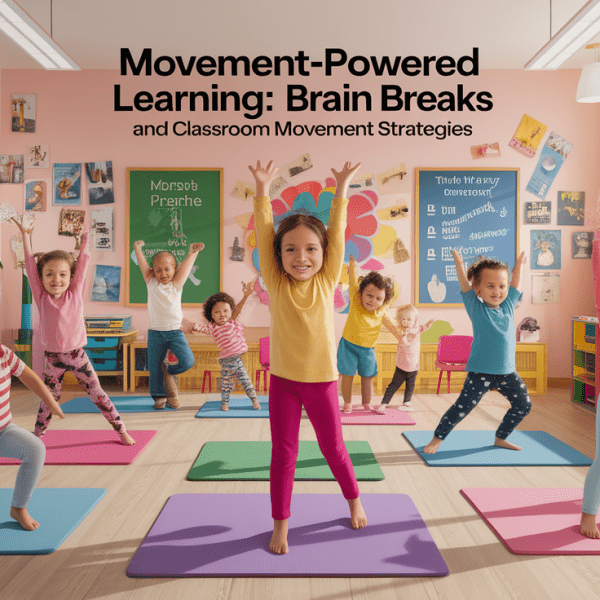First Things First – Why Student Data Privacy Cannot Wait
Picture this: A student’s grades, health records, and even login credentials are sitting in a folder somewhere — a folder that could be accessed by the wrong person if we’re not careful. Yikes! In today’s world of educational technology and digital learning tools, protecting student data privacy is as urgent as locking your classroom door at night. The stakes are high, because data privacy isn’t just about keeping hackers at bay. It’s about ensuring trust, preserving student privacy rights, meeting laws like FERPA and COPPA, and showing families that schools put their children first. Every day we delay is a day we risk the security, dignity, and confidentiality of student records.
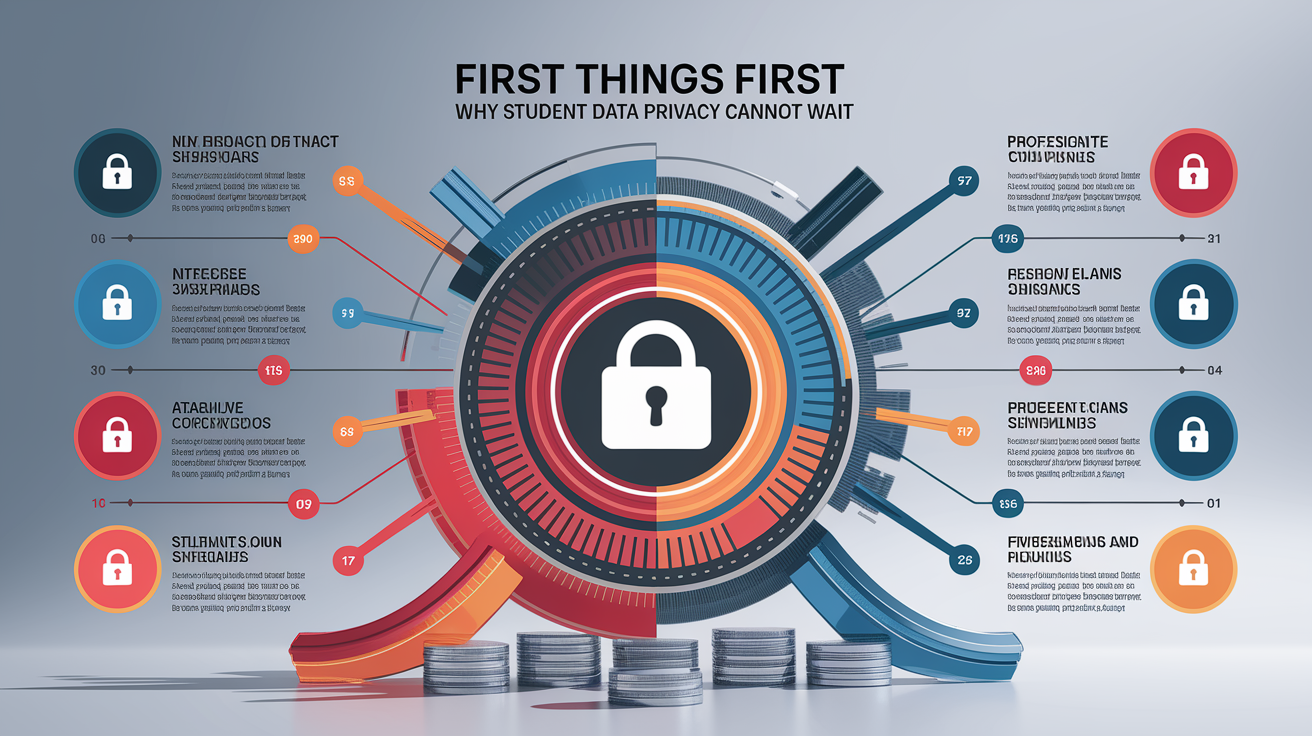
Policy Foundations – Crafting a Clear Governance Framework
No building stands strong without a solid foundation, and the same goes for privacy programs. School districts need a defined governance structure that spells out who is responsible for protecting data and how compliance with laws like FERPA, PPRA, and COPPA will be maintained. This means creating a privacy policy that details consent management protocols, data sharing agreements, and data retention timelines. According to the CoSN National Student Data Privacy Report, proactive districts form governance bodies to track legislation, coordinate compliance, and engage stakeholders. Think of it as your school’s privacy “map” — everyone knows their role, and no one wanders off-course.

Technical Safeguards – Locking Down Access and Storage
Now let’s get tech-savvy! Protecting sensitive information starts with robust technical defenses. We’re talking data encryption for student records, access controls that limit entry to authorized personnel, and secure data storage that shields student information systems from cyber threats. Implementing privacy by design — where security is baked into every digital learning tool from the ground up — helps create layers of protection. Regularly update your learning management systems, perform privacy impact assessments, and keep a watchful eye on third-party vendors. It’s like putting a fierce guard dog (software) at every virtual doorway to the “school vault” of student information.

Operational Practices – Everyday Routines for Data Safety
Beyond tech tools, daily routines make or break your data protection plan. Teachers and staff should practice data minimization principles — only collect the information you truly need. Lock screens when stepping away, store paper records securely, and double-check email addresses before sending academic record details. Conduct regular audits of apps and websites with a keen eye on privacy compliance. The Edutopia guide suggests assigning a dedicated privacy lead to oversee these routines. Make these habits automatic, like checking that the projector is turned off before leaving class.
Building a Privacy-First Culture – Training and Accountability
A great privacy plan won’t do much if no one understands or follows it! This is where training becomes the star of the show. Run annual privacy training programs for all staff, covering topics like secure methods for sharing student academic records and parental consent requirements. Encourage students and families to learn their data privacy rights by hosting information nights or sharing accessible resources. Accountability is key: track compliance, reward best practices, and address lapses swiftly. The CoSN Trusted Learning Environment program is a powerful way to benchmark efforts and set clear expectations. The goal? A school culture where privacy protection is second nature — just like raising your hand before speaking.
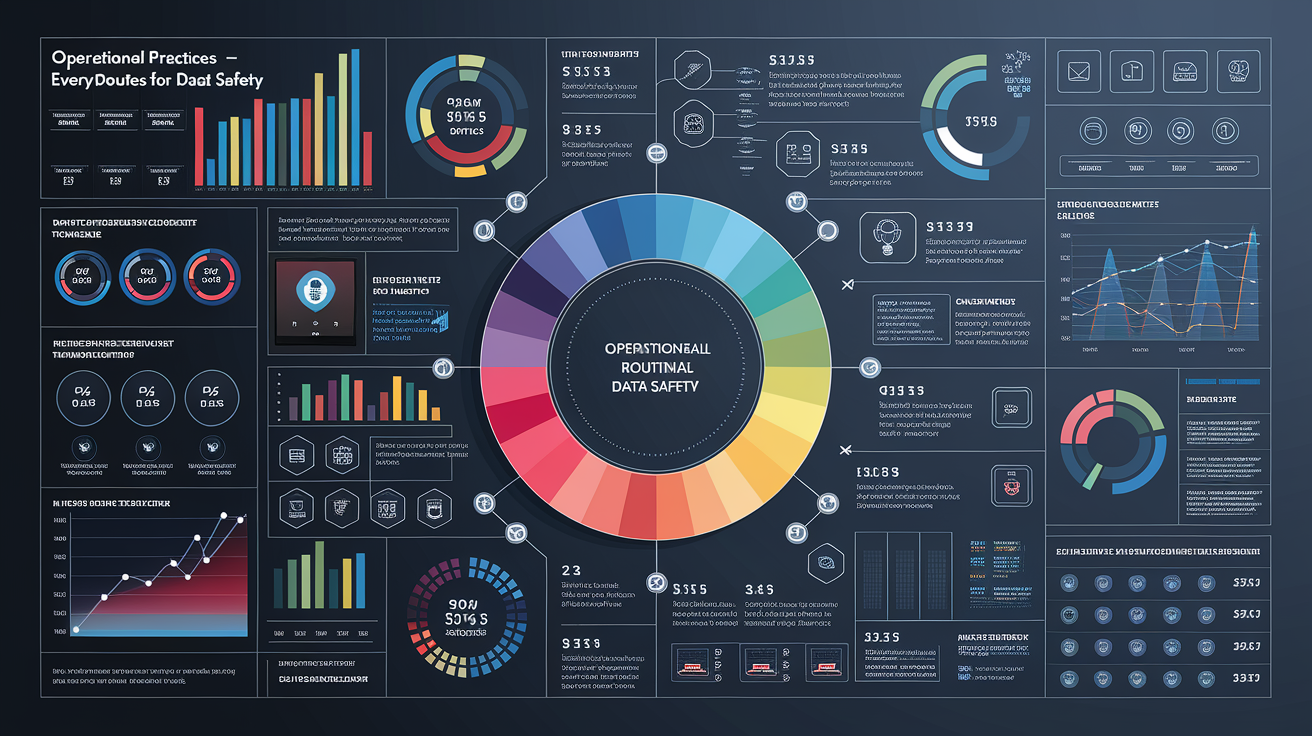
Breach Playbook – Preparing for and Responding to Incidents
Even the best defenses can be tested. That’s why having an incident response procedure ready is non-negotiable. Your breach playbook should define immediate steps to contain the data breach, notify affected parties, and comply with legal requirements. Quick action prevents damage from spiraling out of control. According to national privacy experts, schools should rehearse these scenarios through drills, much as they do for fire safety, so staff are never caught flat-footed. This includes clear roles for communication, technical repairs, and follow-up compliance checks — because when night falls, we want every “privacy firefighter” ready at the station.
Next Steps – Continuous Improvement for Lasting Protection
Student data privacy isn’t a “set it and forget it” deal — it’s a living program that adjusts as technology, laws, and classroom needs change. Regularly review and refine policies, update training materials, and invest in better cybersecurity tools. Stay informed by following trusted resources like the EdWeb privacy compliance insights and the CoSN’s national report. Remember, the journey to outstanding student information security is an ongoing one. Commit to building a privacy-first mindset and you’ll not only keep data safe — you’ll build trust that lasts far beyond graduation day.

